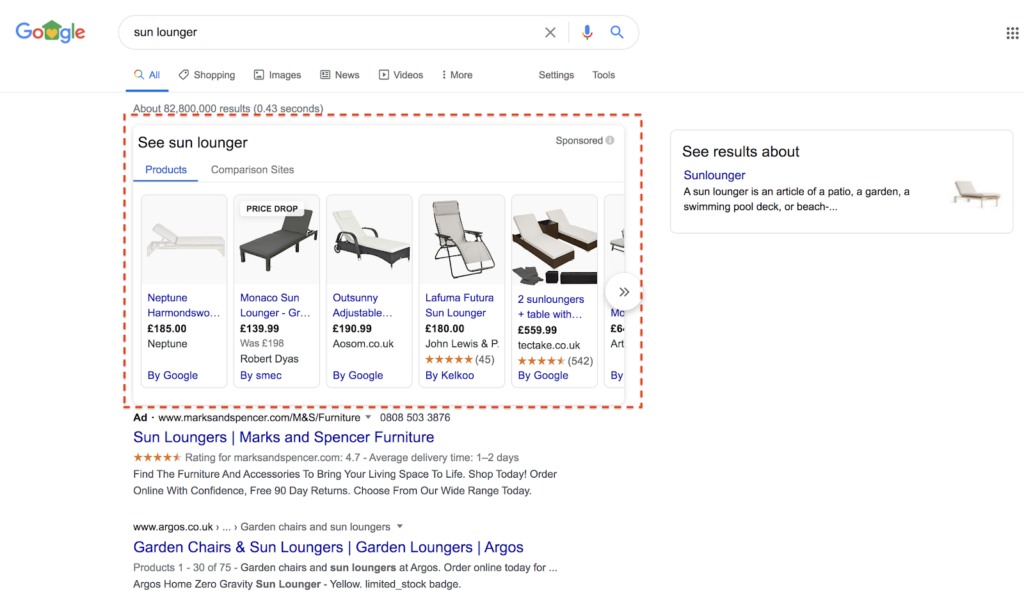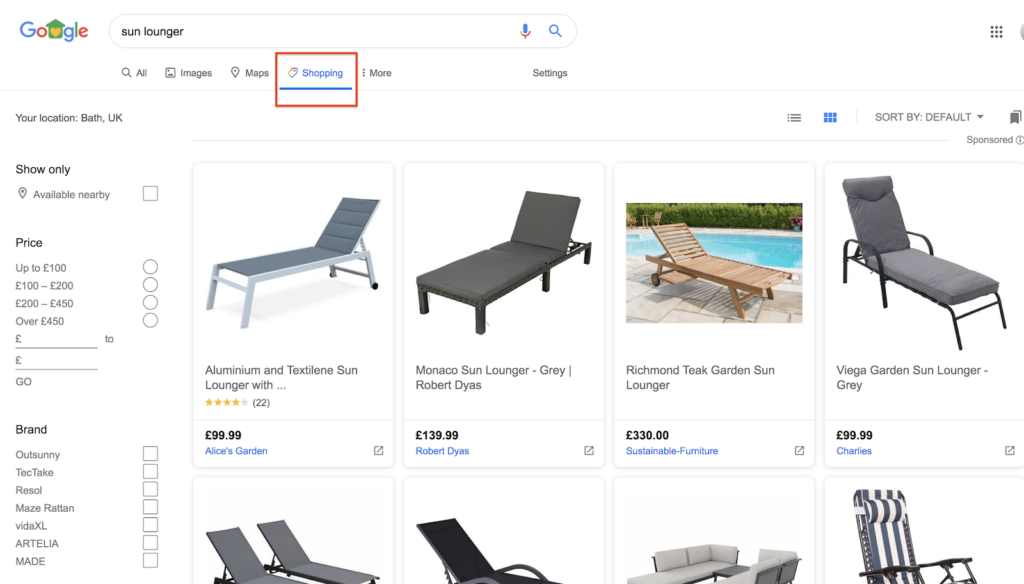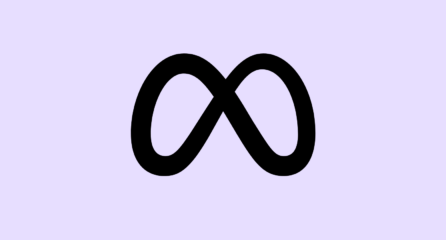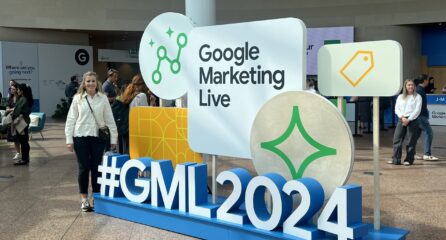We’ve all seen it in the media and on our own high streets: traditional brick and mortar stores are struggling to keep up with the success of e-commerce behemoths like Amazon and ASOS.
The COVID-19 pandemic has only served to shine the spotlight even brighter on this struggle, further emphasising the importance of having a digital presence in the e-commerce space, and the difficulties that many traditional retailers now face without one.
It has never been more crucial for retailers to have access to the millions of product searches happening on the likes of Google and Amazon everyday.
In light of this, Google’s recent announcement of the introduction of free shopping ad listings in the Google search results makes perfect sense. It’s undoubtedly a positive development, but did Google Shopping ads really just become ‘free’? The answer is yes…and no.
Let us explain why.
Are Google Shopping Ads Really Free?
When you search for a product online, Google shopping ads appear in two places: in the main search results page and in the ‘shopping’ tab.
The majority of clicks on shopping ads come from the carousel results on the main search results page (which, importantly, will still contain only paid ads) with a small percentage deriving from the shopping tab. This layout will not change.
Currently, the shopping tab contains exclusively paid ads; Google’s announcement means that this space will now also show organic shopping listings. To make the most of this e-commerce retailers will need to have a Google Merchant Centre account with a functioning shopping feed and be opted into their products to show on surfaces across Google.
Google has also pointed to the fact that there will still be a number of paid ads appearing in the shopping tab, representing a continued opportunity for advertisers in that space.
What Does This Mean For Advertisers?
For advertisers already leveraging Google Shopping ads little will change.
The fact that the new organic shopping listings will appear exclusively in the shopping tab brings us back to our ‘yes and no’ answer. It’s a ‘yes’ because there will be organic shopping results available. It’s a no, however, because these results will not appear in the main search results page, but rather they will be limited to appear in the shopping tab which drives only a small percentage of Google’s total shopping ad clicks. So, the Google Shopping offering has not suddenly become a free one.
Ultimately, the main shopping ads carousel, which sees a majority of shopping clicks, will continue to contain only paid ads.
Why The Change?
So, why has Google made this considerable change? It was a plan already in the pipeline but, as Google says, the recent implications of the crisis on the retail sector pushed them to bring the plan to a quicker fruition, to help both retailers and shoppers alike.
Amazon’s exponential growth has also undoubtedly been an influence in Google’s decision to make some shopping ads free. Having only paid shopping ads naturally puts Google at a distinct disadvantage to Amazon, who now shows some of its sponsored product ads dispersed among the organic search results.
Our Thoughts On The Announcement
This is a big move from Google, but it’s important to clearly understand the reasons behind it and what it really means for retailers already using or looking to use Google Shopping ads.
For our clients who ship to the US our focus will continue to be on ensuring that their shopping feed is as optimised as possible and opted in to be shown in these free ad spaces to ensure we’re maximising all opportunities.
The scheme has now been rolled out in the US and is due to be rolled out in the UK and Europe by the end of 2020.






